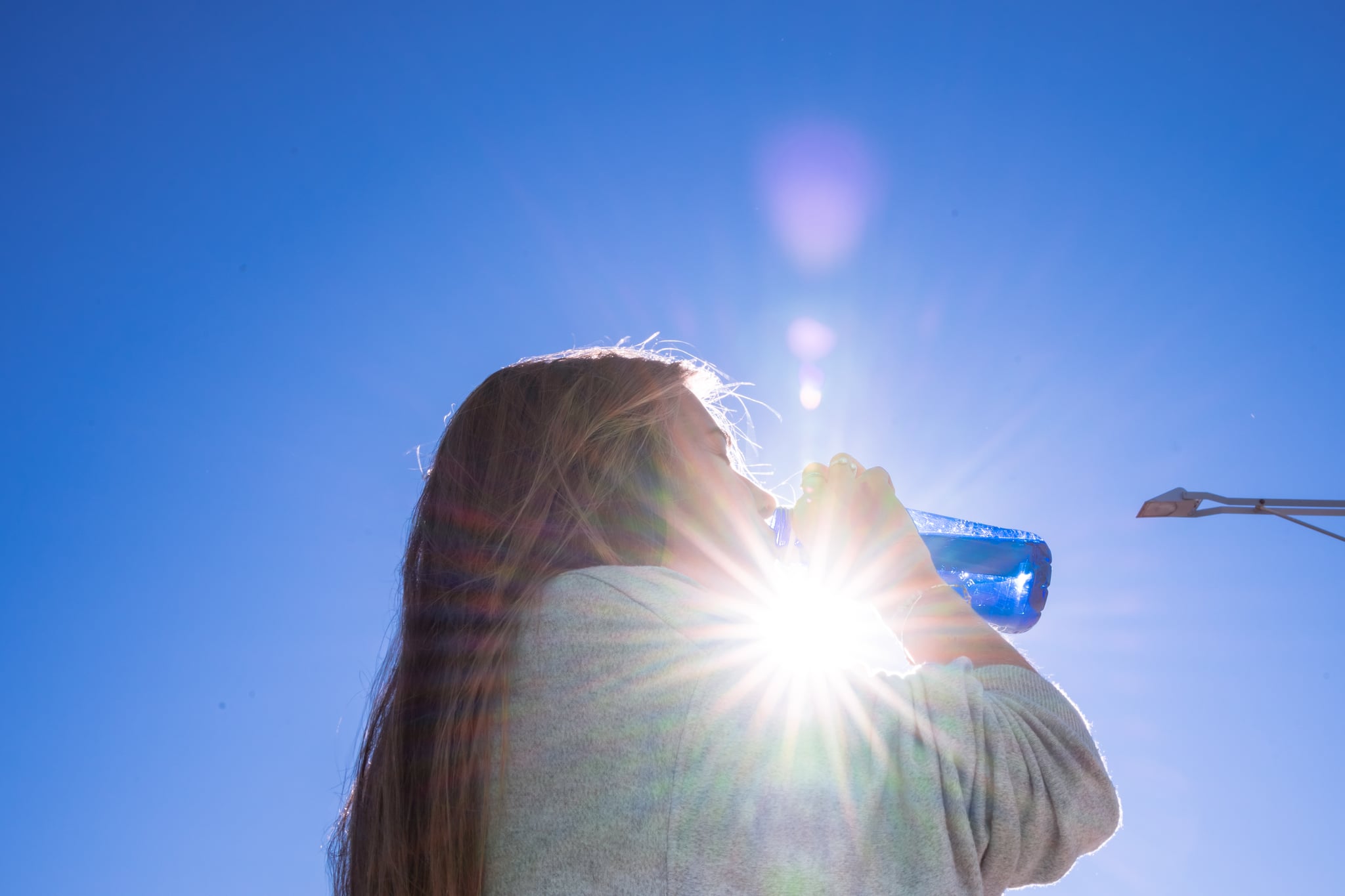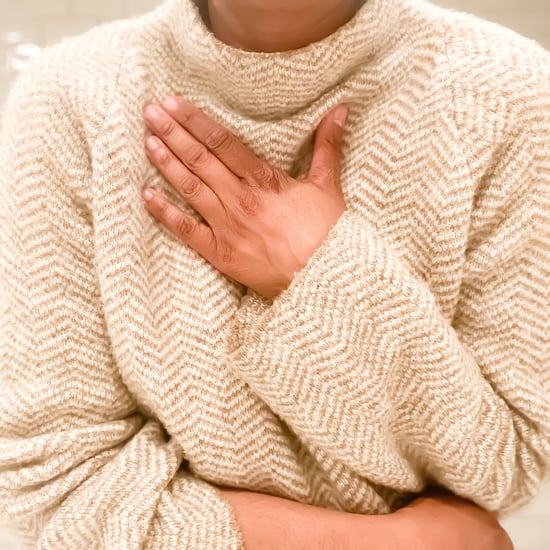Heat-Exhaustion Symptoms and Treatment
How to Stay Safe In This Summer's Record-Breaking Heatwaves

Only a month into summer, intense heatwaves are taking over large parts of the UK. Tuesday was the hottest day in history, with temperatures hitting 104.4 degrees, and intense wildfires have struck Spain, Greece, and France. Meanwhile, Texas, the Central Great Planes, and the Southwest are all under heat warnings, with some areas breaking into triple-digit heat.
According to the National Weather Service, a heatwave is a period of abnormally hot weather lasting more than two days. These waves can strain our bodies, resulting in illness and, in extreme cases, death. It's important to recognise the signs of heat-related illnesses and know when to seek medical treatment.
What Is Heat Exhaustion?
There are three heat-related illnesses to watch out for: heat cramps, heat exhaustion, and heat stroke. Heat cramps are the mildest, with symptoms such as heavy sweating, fatigue, and muscle cramps, according to the Mayo Clinic. You can treat heat cramps with rest and hydration. Heat exhaustion can cause more severe symptoms, such as dizziness, rapid pulse, nausea, and headaches, as well as cramping and fatigue. Untreated, heat exhaustion can develop into heatstroke, which can be life threatening and require emergency medical attention.
How Do You Treat Heat Exhaustion?
If you have any symptoms of heat exhaustion, you should take action ASAP. For starters, try to lower your body temperature as soon as possible, Kara Telesmanick, MD, Inspira Health Urgent Care physician, says: "Drink plenty of fluids, remove tight or extra clothing layers, take a cold shower or use cold compresses, and move to an air-conditioned area." If you treat your symptoms quickly, you should start feeling better within an hour. If symptoms aren't improving, see a doctor immediately.
What's the Difference Between Heat Stroke and Heat Exhaustion?
Heat stroke and heat exhaustion share many symptoms, but they differ in severity. "The biggest difference, quite simply, is that heat stroke can be fatal if untreated," Dr. Telesmanick says. "To identify heat stroke, be on the lookout for an altered mental state, rapid breathing, and flushed skin, in addition to the symptoms that accompany the initial heat exhaustion. Someone experiencing heat stroke may also stop sweating, which can be deceiving in recognising the condition."
Once your body temperature hits 104 degrees, it's likely that you have heat stroke. A temperature that high can cause fatal organ damage, so you should seek immediate emergency treatment. "On the way to [treatment], the affected person should drink cold water and apply cool compresses that help to cool the body down gradually," Dr. Telemanick says.
As with most illnesses, the best medicine for a heat-related illness is prevention, Dr. Telemanick says: "By being cautious of how much time you spend in the sun, along with drinking plenty of fluids and staying in shaded areas, you can make yourself much more likely to be safe from falling ill."






